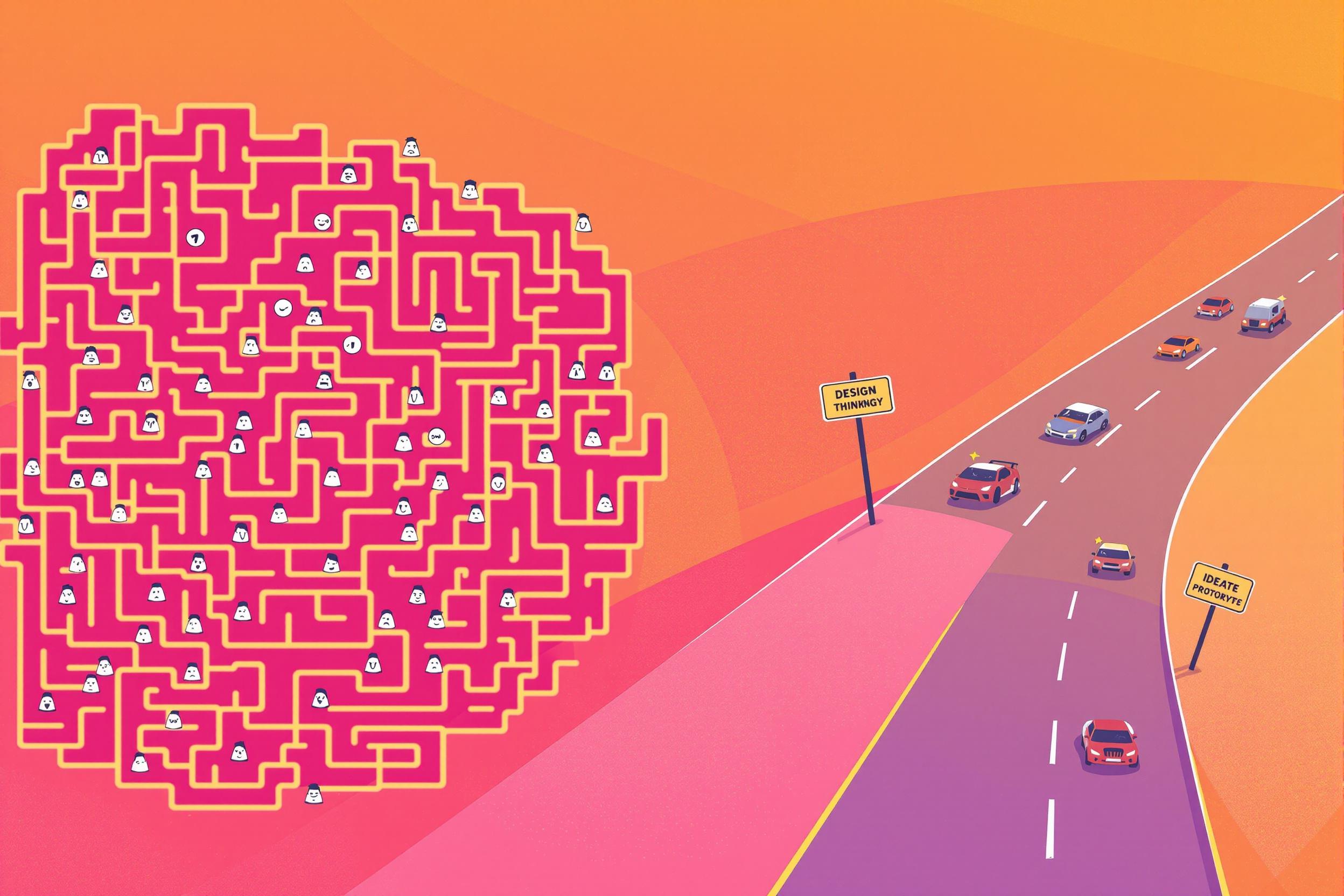
Mode Choice Analysis
Mode Choice Analysis is a way transportation planners study how people choose between different ways to travel (like cars, buses, trains, or bikes). It's like being a detective who figures out why people pick certain types of transportation for their daily trips. Planners use this information to make better decisions about transportation projects and improvements. Similar terms include "travel demand modeling" or "transportation behavior analysis." This helps cities and regions plan better transit systems, roads, and bike paths based on how people actually want to travel.
Examples in Resumes
Conducted Mode Choice Analysis to determine optimal transit options for downtown corridor
Led Mode Choice Analysis and Travel Demand Analysis studies for regional transportation plan
Applied Mode Choice Modeling techniques to evaluate new light rail expansion impact
Typical job title: "Transportation Planners"
Also try searching for:
Where to Find Transportation Planners
Professional Organizations
Online Communities
Academic Resources
Example Interview Questions
Senior Level Questions
Q: How would you approach a citywide mode choice study?
Expected Answer: A senior analyst should discuss gathering demographic data, surveying residents, considering seasonal variations, and using statistical tools to analyze patterns. They should mention coordinating with stakeholders and making practical recommendations.
Q: How do you handle conflicting priorities in transportation planning?
Expected Answer: Should demonstrate experience balancing different community needs, budget constraints, and environmental concerns while making data-driven decisions about transportation options.
Mid Level Questions
Q: What factors influence people's transportation choices?
Expected Answer: Should discuss common factors like travel time, cost, convenience, weather, and demographic characteristics, showing understanding of how these affect transportation decisions.
Q: How do you collect and analyze transportation preference data?
Expected Answer: Should explain various survey methods, data collection techniques, and basic statistical analysis approaches used in transportation planning.
Junior Level Questions
Q: What is the difference between different transportation modes?
Expected Answer: Should be able to explain basic characteristics of various transportation options (car, bus, bike, walk) and their typical uses in urban settings.
Q: How do you present mode choice findings to non-technical audiences?
Expected Answer: Should demonstrate ability to explain technical concepts in simple terms and create clear visual presentations of data.
Experience Level Indicators
Junior (0-2 years)
- Basic data collection methods
- Understanding of transportation modes
- Simple survey analysis
- Basic mapping software use
Mid (2-5 years)
- Statistical analysis of travel patterns
- Transportation modeling software
- Project management
- Community engagement
Senior (5+ years)
- Complex transportation studies
- Policy recommendations
- Team leadership
- Stakeholder management
Red Flags to Watch For
- No experience with transportation data analysis
- Lack of understanding of basic statistical concepts
- No knowledge of transportation planning software
- Poor communication skills with non-technical audiences
- No experience with public engagement or community outreach
Related Terms
Need more hiring wisdom? Check these out...

Automated Scorecards in ATS Systems: Your Secret Weapon for Smarter Hiring Decisions

How to Choose the Right AI-Powered ATS for Your Company

The Art of Selecting Great People: A Leader's Most Critical Skill

